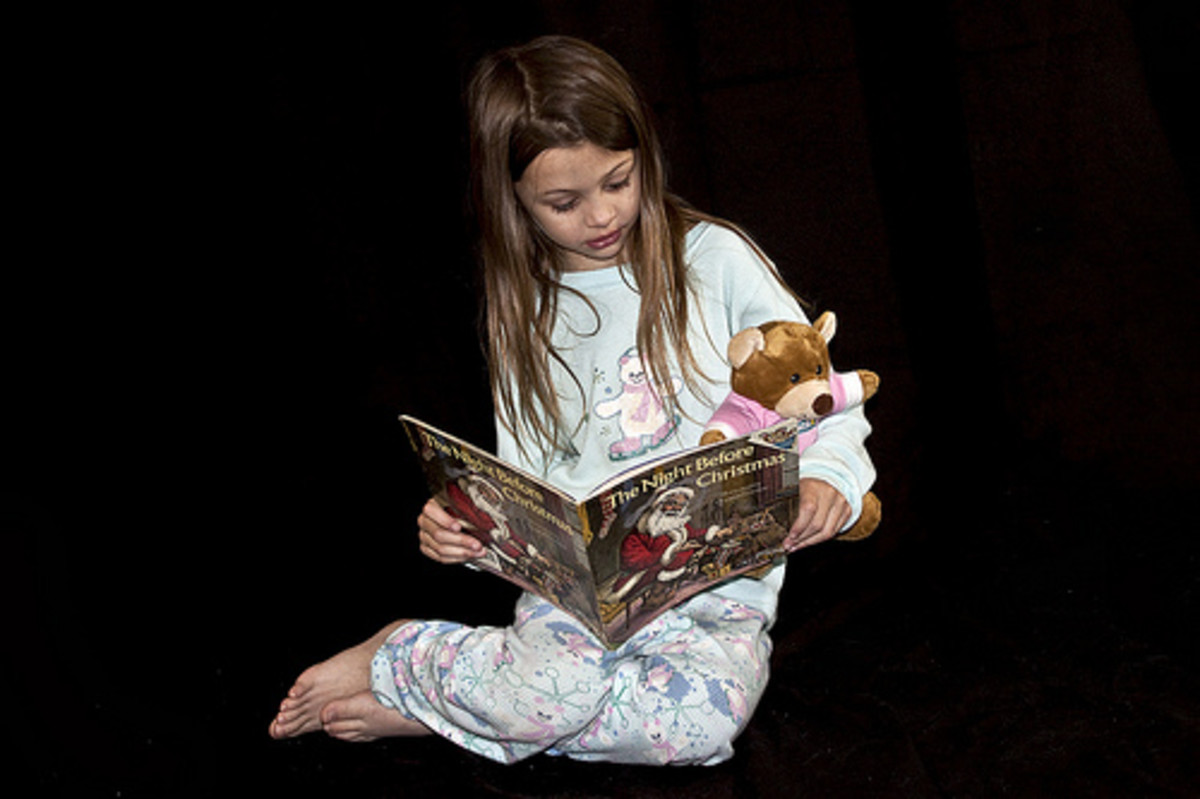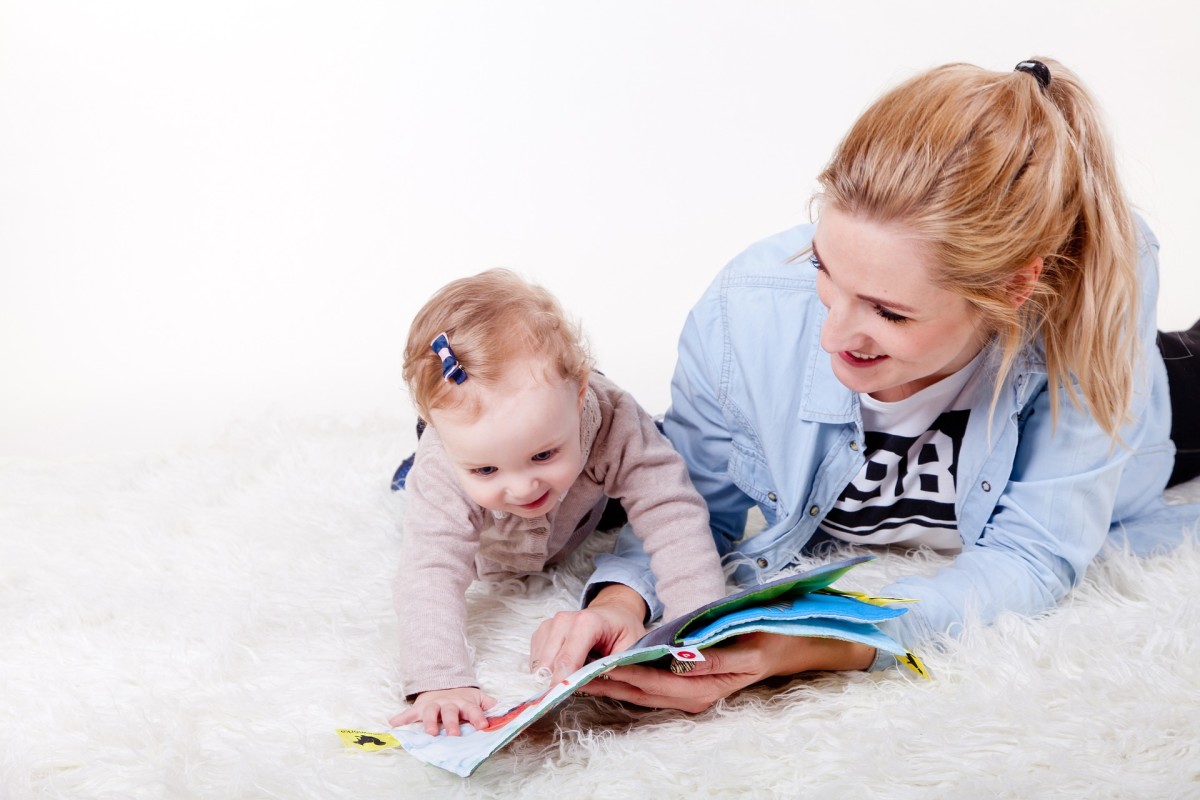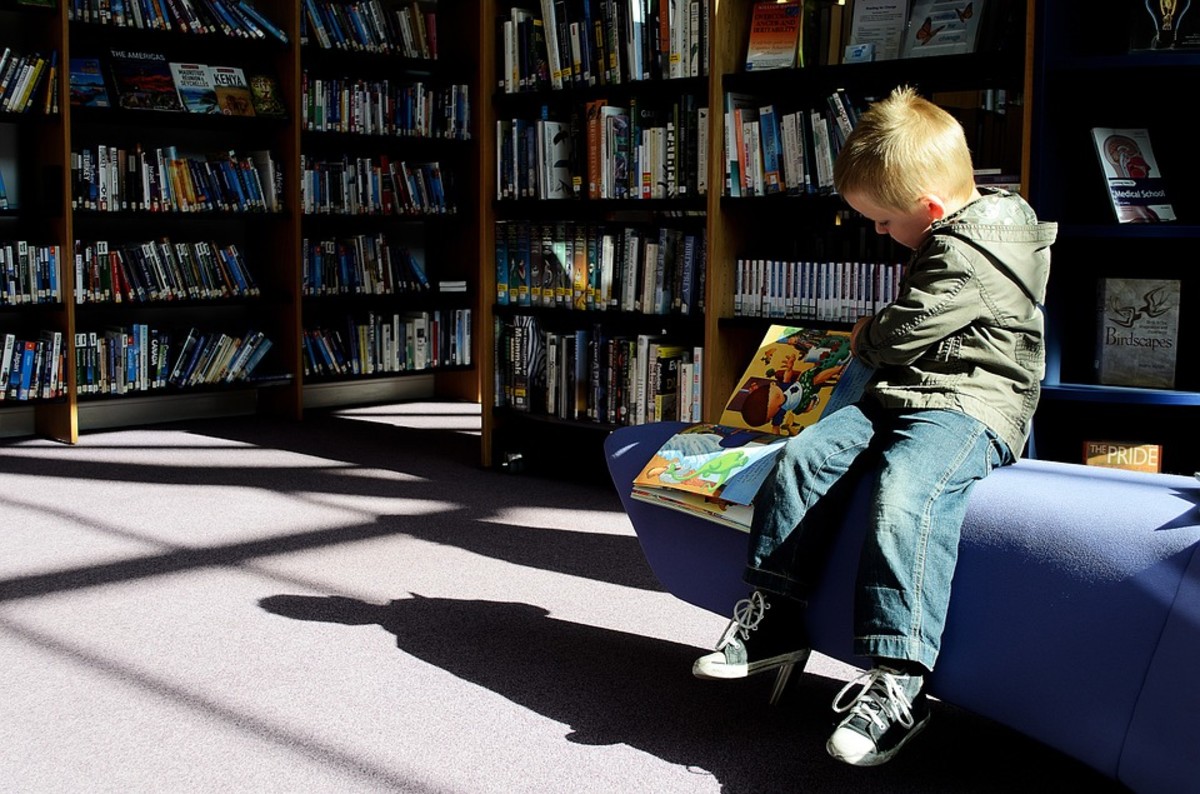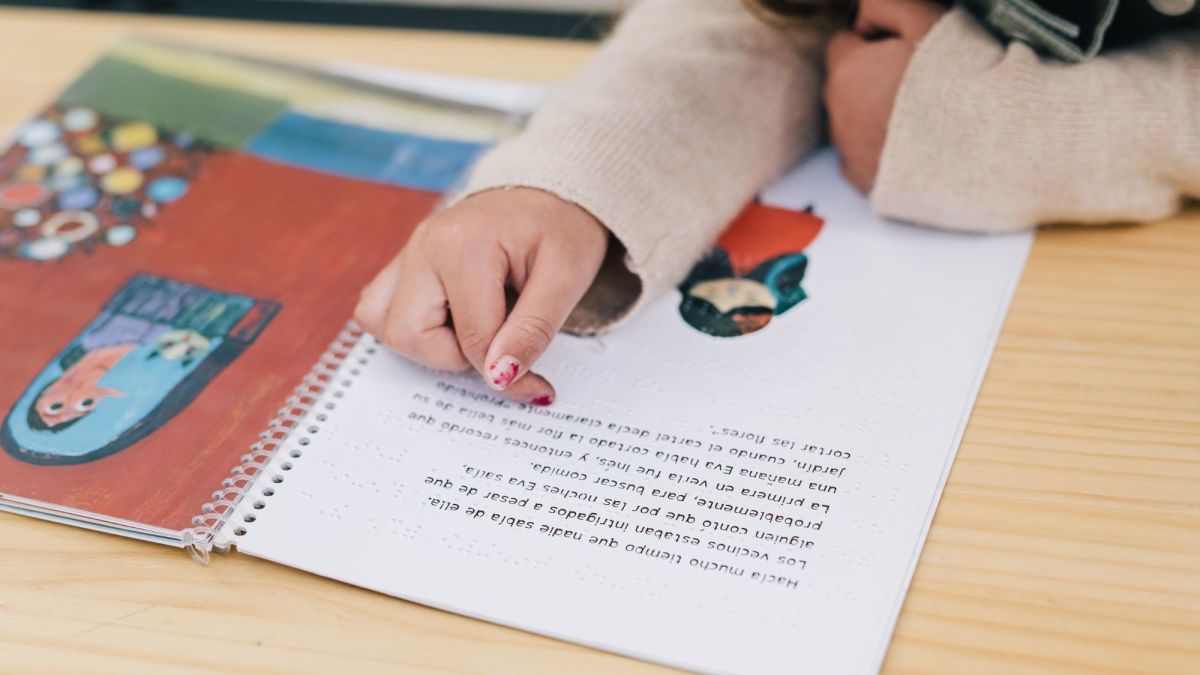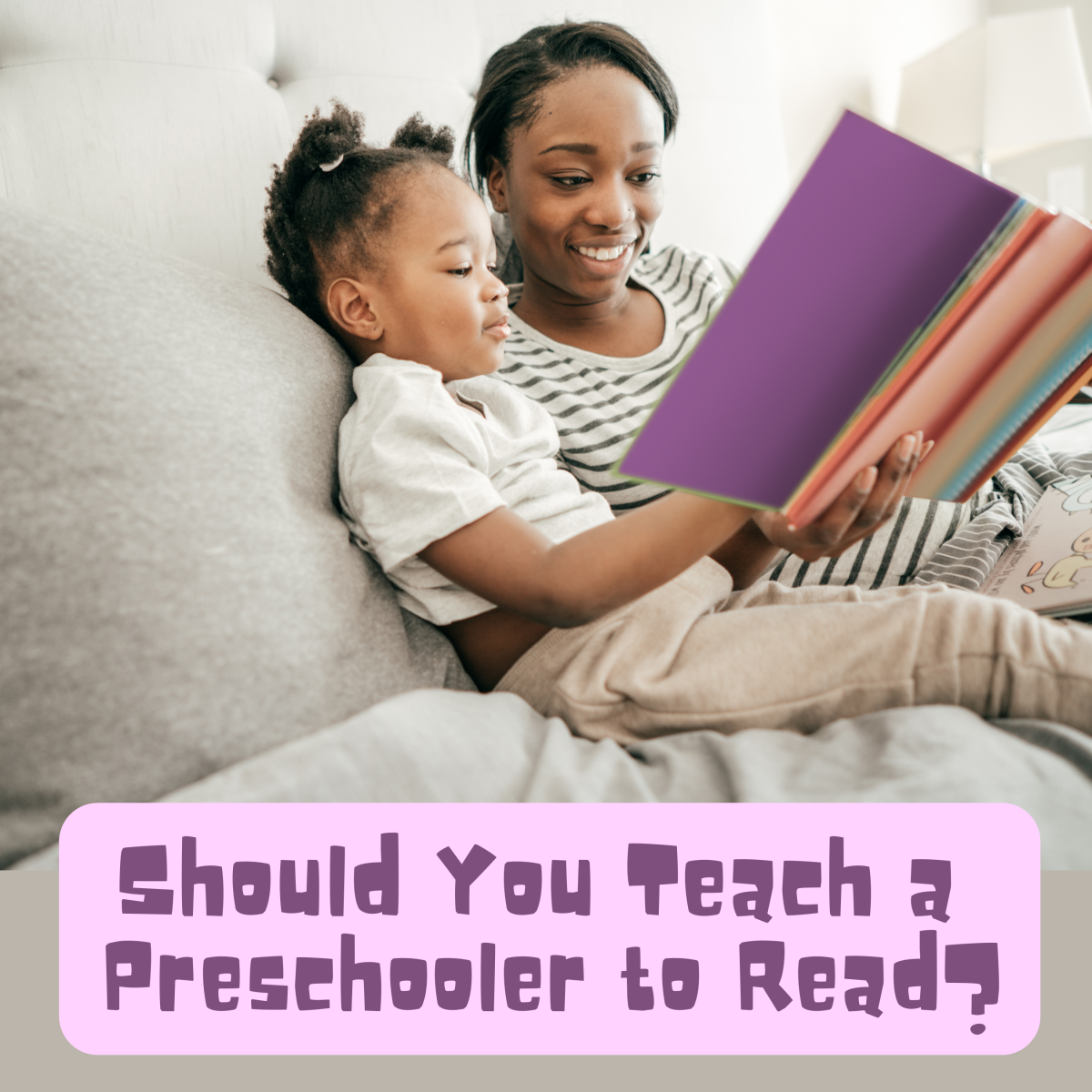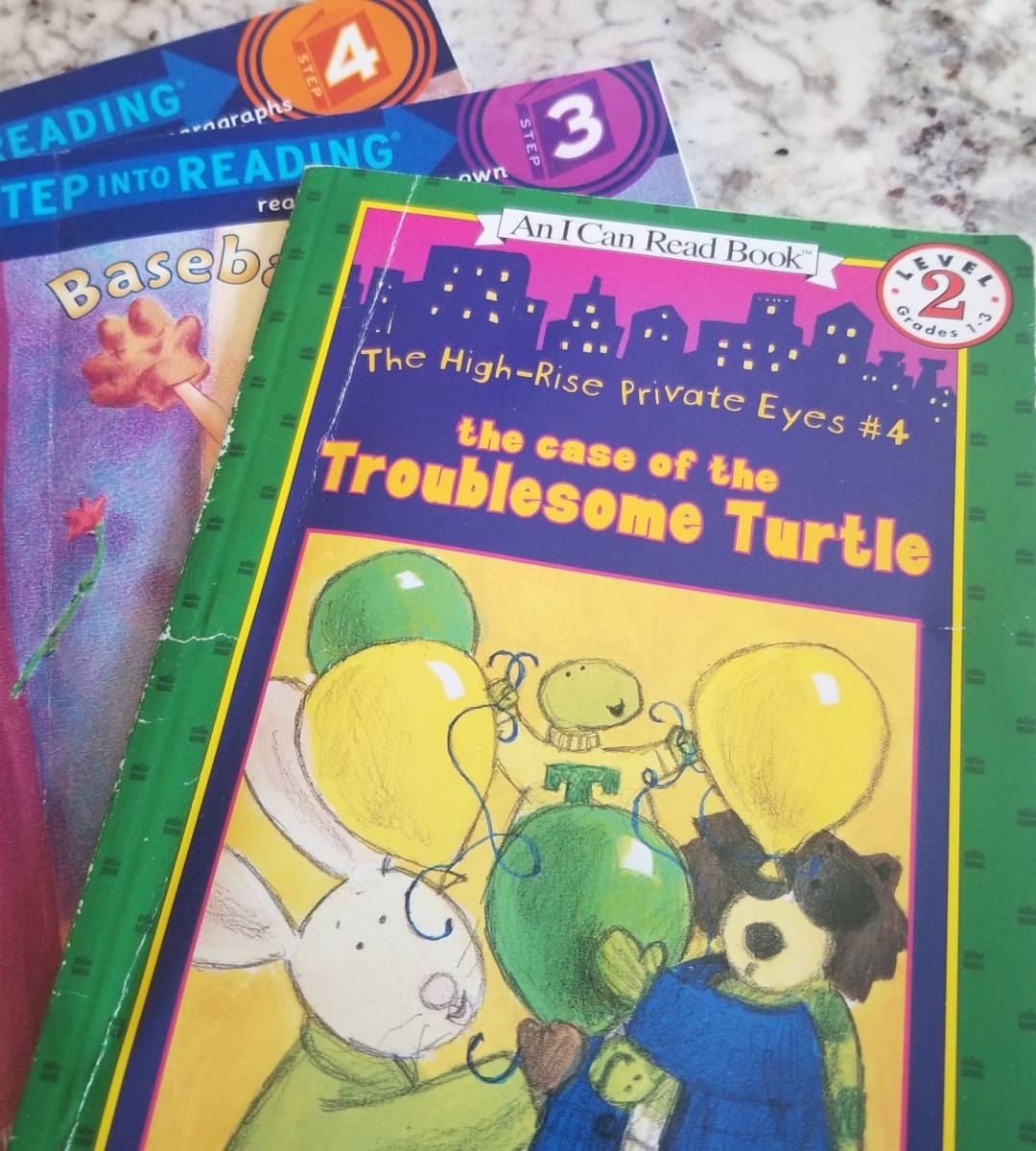How to Teach a Child to Read: Tips from A Literacy Coach
The importance of reading aloud: Tips for reading to children
I posed a question to parents and asked them what their best tip is for helping children learn to read. The overwhelming response was read, read, read to them! There was also a consensus to start when they are babies and continue this practice throughout their school career. As a literacy coach I could not agree more! Reading to children is probably the most important thing you can do to support reading success. When children can listen to an adult read a story they are relieved of the pressure to perform. It frees them up to focus on all the new knowledge and information provided in the reading experience.This helps children discover the purpose of reading and the importance of comprehension. Reading to children supports the development of oral vocabulary and communication skills, which are critical for success. When children listen to stories it also opens the door to valuable opportunities for instruction. The following are tips for how to teach children to read and ensure they get the best start possible.
Start Reading Early to Children
Parents can start reading to children as soon as they are born. Simple poems and rhythmic stories are beneficial for babies because it exposes them to intonation and sound patterns in language. As children get older. reading to them builds knowledge, vocabulary, oral communication and listening skills. When children have strong vocabulary and an awareness of the structure in language, they are going to have a much easier time learning to read. Research shows that reading aloud to children provides a powerful context for discovering new words and for learning about language. For older children it provides them with awareness of more complex vocabulary and syntax, which equips them to tackle more difficult texts in their own reading.
Support Oral Language Development
Another piece of the puzzle for teaching reading is helping children expand oral vocabulary and communication skills in conversation. Before children are ready to start talking parents should model oral language. It is important to pronounce words clearly and make meaningful connections when introducing new vocabulary. Try not to mimic baby talk. It does not help! When children begin talking it is useful to build their oral communication by modeling reflective statements. For example, when a child speaks a few words i.e. cat bite me! it creates a good opportunity to reply with a question that validates their expression i.e. Did you say that the cat bit you? Are you hurt? You might also make a statement i.e. There was a time when a cat bit me also. The important thing is to model correct syntax and help children expand their vocabulary and expression. Just because a toddler is speaking in three words does not mean that we should be speaking that way to them.
Talk About the Story
A super important tip for helping children learn to read is taking time to reflect on the content in stories. Simple questions that get children thinking about the story will improve comprehension and will also help to engage them in the reading process. A helpful strategy is to have a "stop and think" several times throughout the story. Encourage children to express their thoughts, ideas, opinions, their questions. This sort of conversation will also help them develop oral communication skills and will guide them to be critical thinkers.
EBook Read Aloud Story
- noindex
Download the story Shape Up With Jeremiah in PDF and read it on your computer. - App Store - Shape Up With Jeremiah
Learn more about Shape Up With Jeremiah on the App Store. Download Shape Up With Jeremiah and enjoy it on your iPhone, iPad, and iPod touch.
Make Learning About Phonics Meaningful and Fun!
When children are ready to begin learning about letters and phonics it is useful to provide quick lessons in your reading sessions together. Point out examples of letters and words in books children are familiar with. For instance, if the child has a favourite story that has been read to them many times, it can be used to help with learning about words and letters. To practice, cover up a word they know in the story and ask them to say the letters they think are in the word. It is important to note that children should not be expected to say all the letters of the word. Start by asking what they think the first letter or last letter of the word is. To help with phonemic awareness ensure children first say the word slowly to themselves, to hear the sounds before they try to guess the letters. Using familiar books provides a meaningful context, that makes new learning easier to understand and remember. It is also beneficial to practice and learn about letters and print in the form of games. Games motivate children and will help to keep their interest.
In Summary
Reading to children is very important for creating a foundation of knowledge, that children can draw in their own reading development. It is the number one tip for supporting children and should be started early and continued long after they can read on their own. It helps build vocabulary, oral communication, and thinking skills. More importantly, it also provides quality time with your child, which will motivate their interest in learning to read, and set them up for success in reading.
Articles to Teach Reading
- Digital Photo Books that Teach Literacy to Children
There are many learning opportunities that can happen with the use of digital photography. Discover the power of photos to teach children early literacy skills that help develop reading and writing. - Teach Reading to Kids with Everyday Texts
Discover how to maximize reading opportunities for children by taking advantage of texts encountered everyday in the world. - Five Fun Phonics Games for Children
Make learning phonics fun for children with these five phonics games that are sure to inspire reading.


